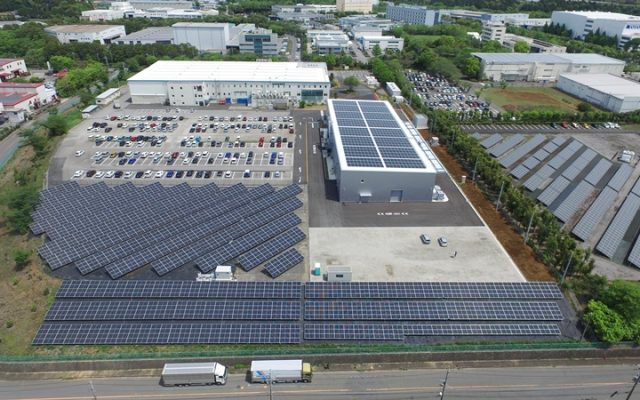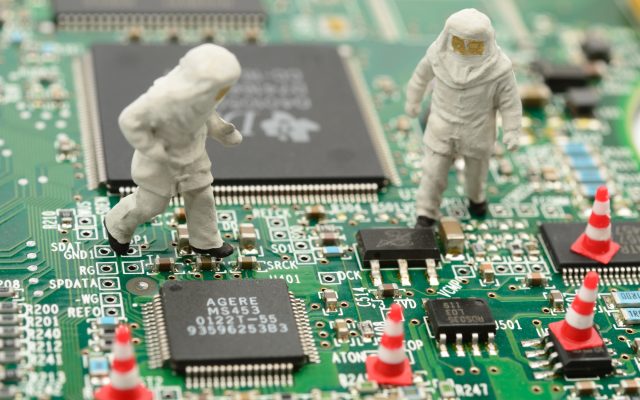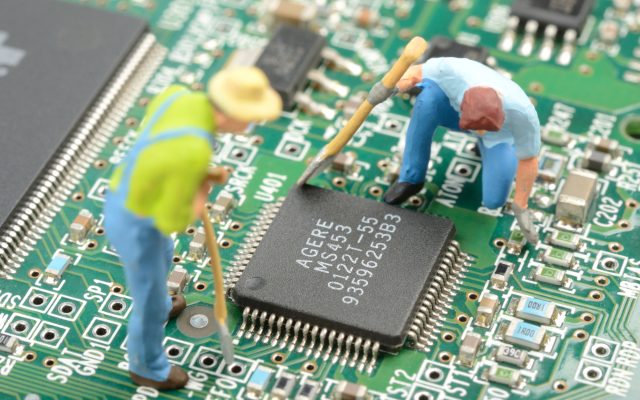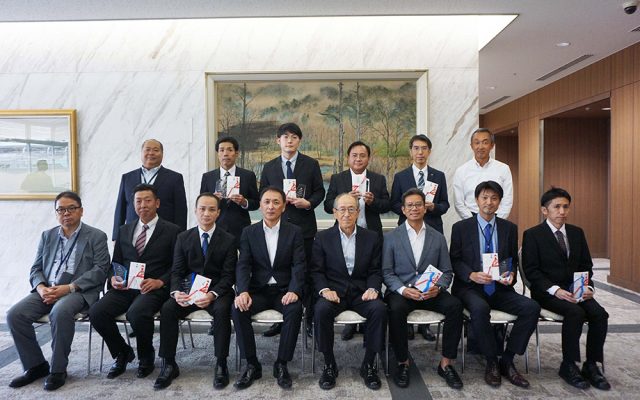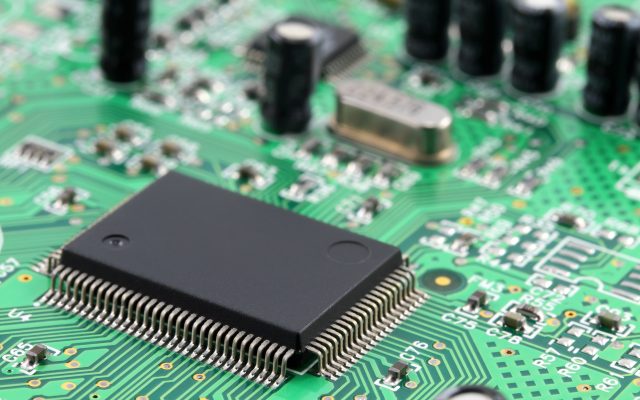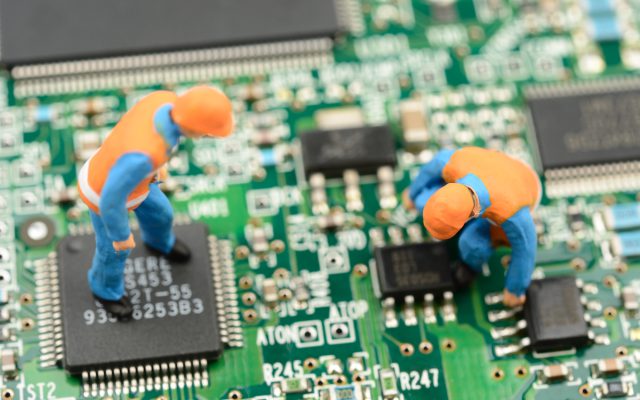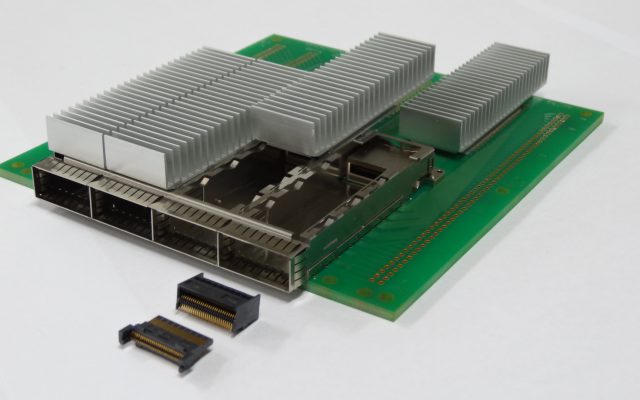In recent years, efforts to eliminate communication gaps such as mountainous regions and ocean areas have been progressing rapidly. Among these, “satellite internet” has been attracting attention as a communication technology that directly connects smartphones to satellites.
In this column, we will introduce our connectors that are playing an important role in satellite internet.
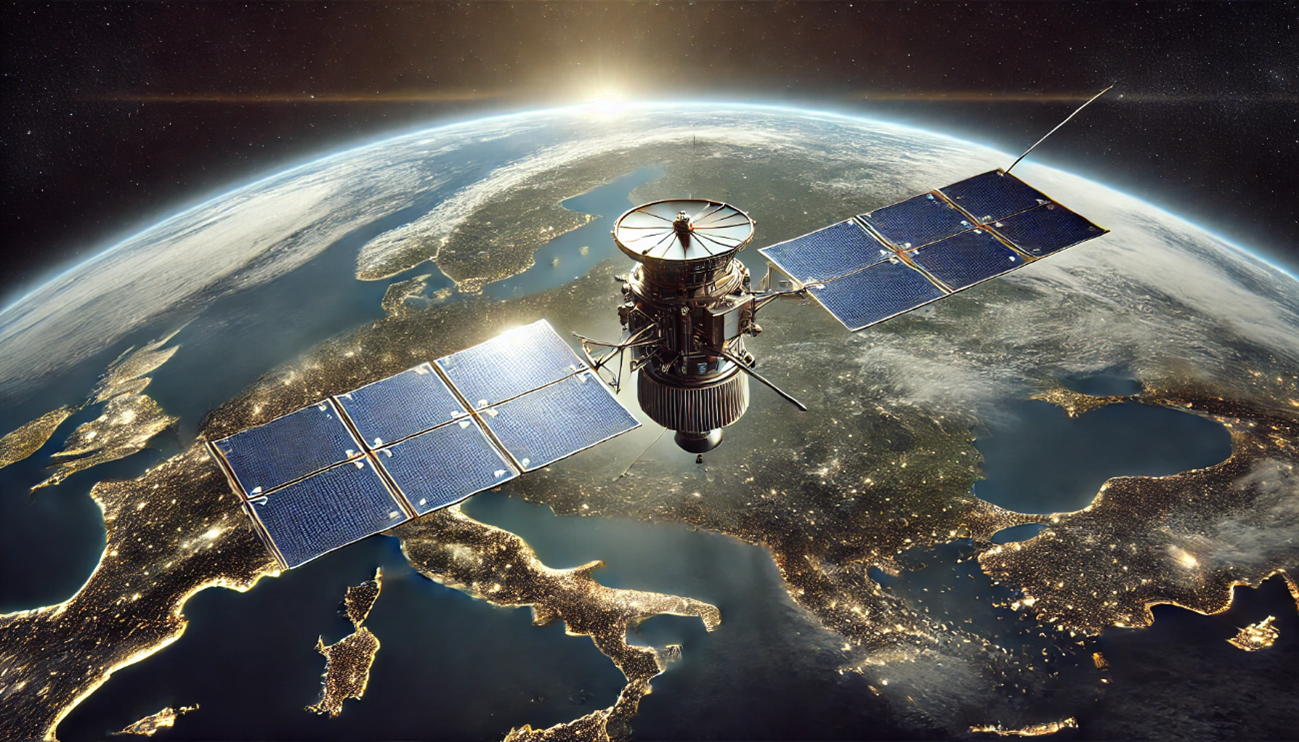
What is Satellite Internet?
Conventional Internet communications are carried out via terrestrial cables and antenna base stations. This allows for high-speed, stable communications in urban areas with well-developed infrastructure, but in mountainous areas, rural areas, and at sea, where it is difficult to install base stations, communications may not reach the area and users may be “out of range.”
On the other hand, satellite internet uses satellites on Earth as antenna base stations, so a major advantage is that it can cover a wide area from space, even in areas where terrestrial infrastructure is not in place. This system makes it possible to connect to the internet in almost all areas, including mountainous areas, rural areas, and even at sea. It is also expected to be useful in the event that terrestrial base stations are damaged during a disaster.
With satellite internet, data transmission is sent directly from the user’s device to the satellite, which then connects it to a terrestrial internet network, and data reception is also done via the satellite, connecting the user to the internet on Earth.
The Role of Connectors in Satellite Internet
Optical transceiver connectors connect optical fibers and communication devices to optical transceivers, providing a path for optical signals to flow. This minimizes optical signal loss and ensures smooth data transmission. Optical transceiver connectors are essential to ensure a high-speed, stable communication environment.
What Our Connectors Do
Satellites, which serve as relay stations for satellite internet, cover communication areas as they orbit the Earth. Our optical transceiver connectors (CFP2) are used in these satellite internet systems.
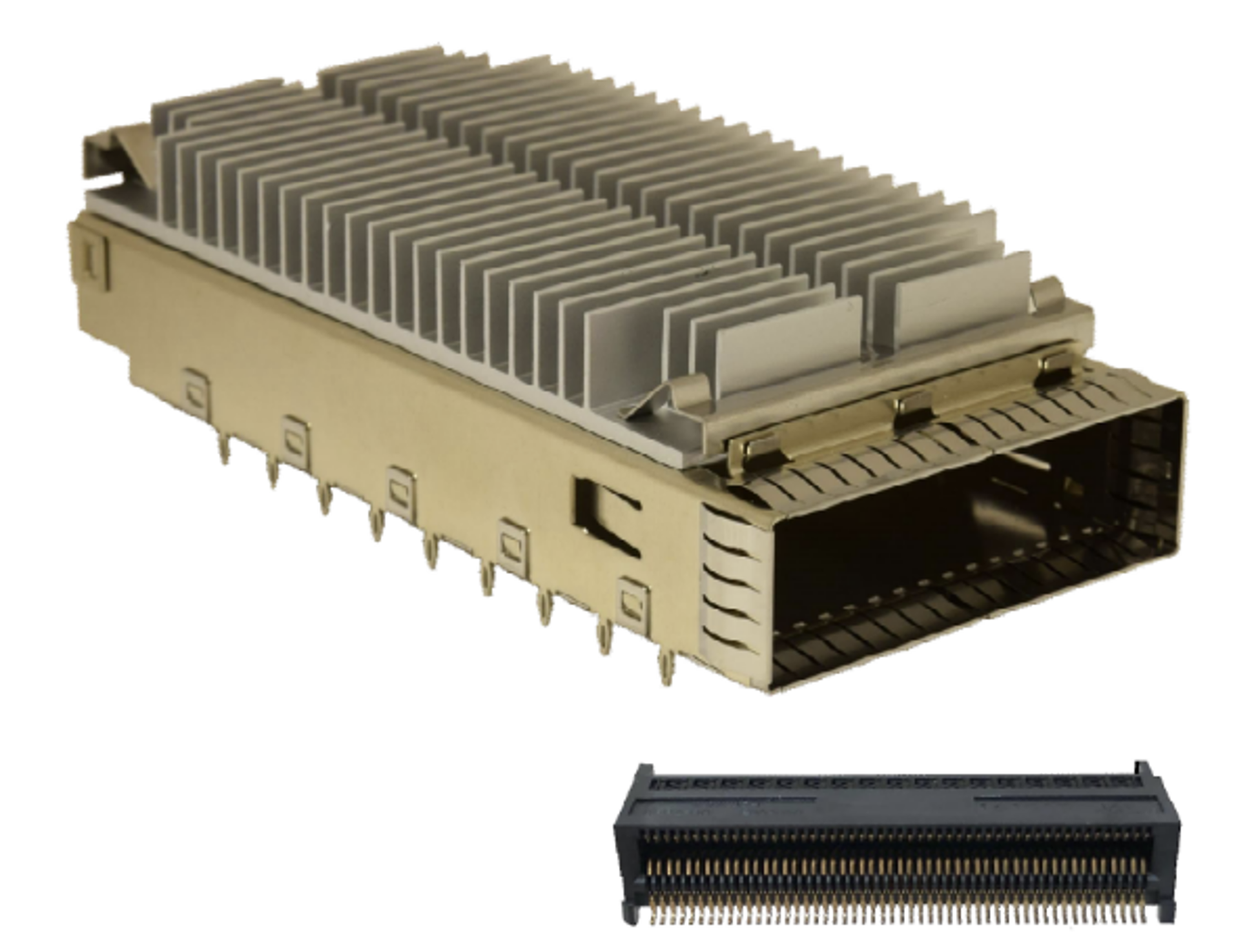
CN121 Series
CFP (Centum Form-factor Pluggable) is a module that enables high-capacity, high-speed communications. Our CFP2 connectors will contribute to further improvements in stability and speed in the future development of satellite Internet.
Through the development of connectors that meet the diverse needs of society, we will contribute to the realization of a faster, more stable communications environment.


